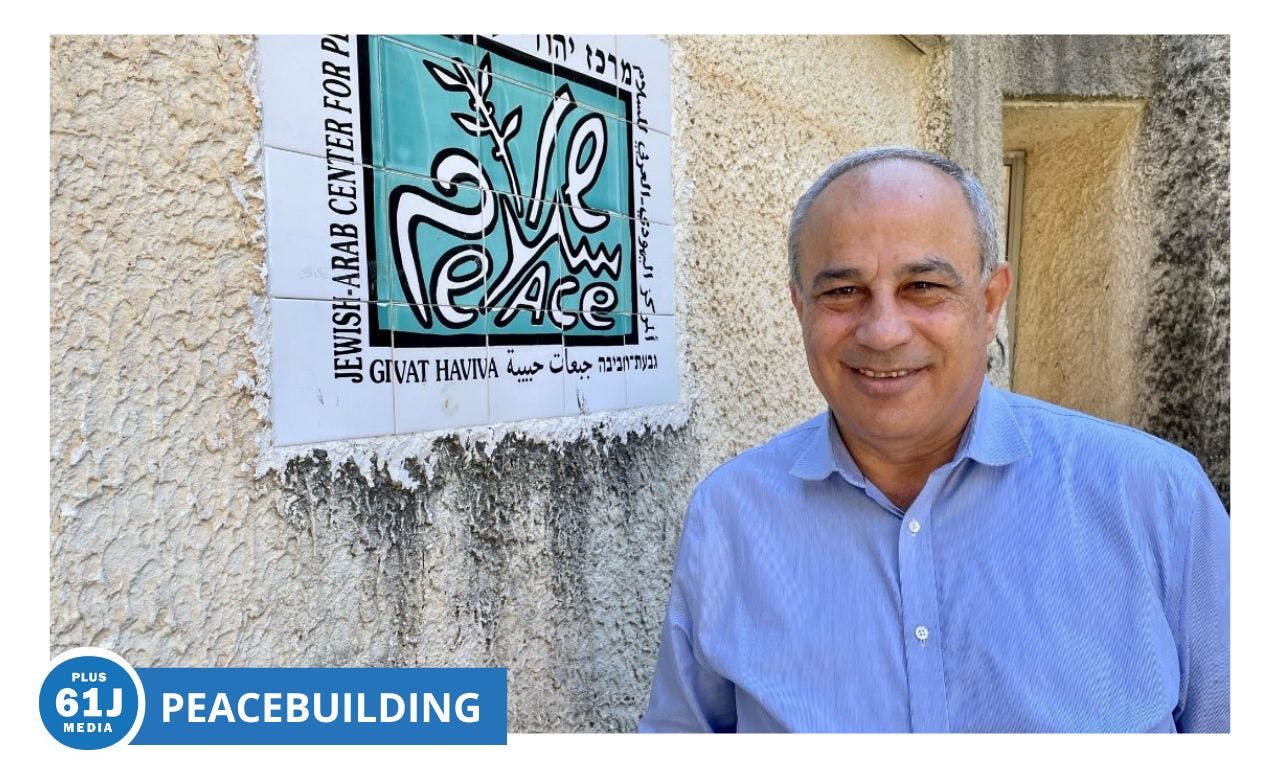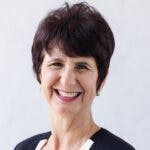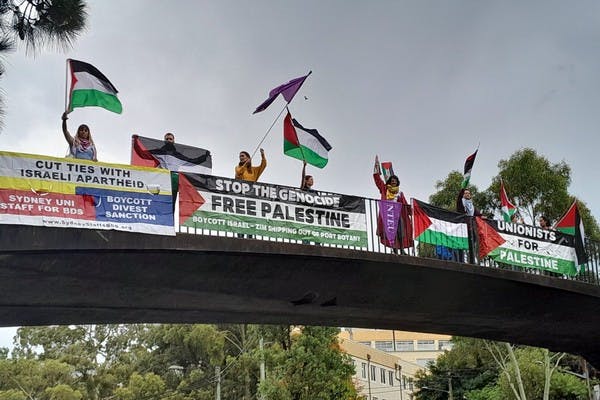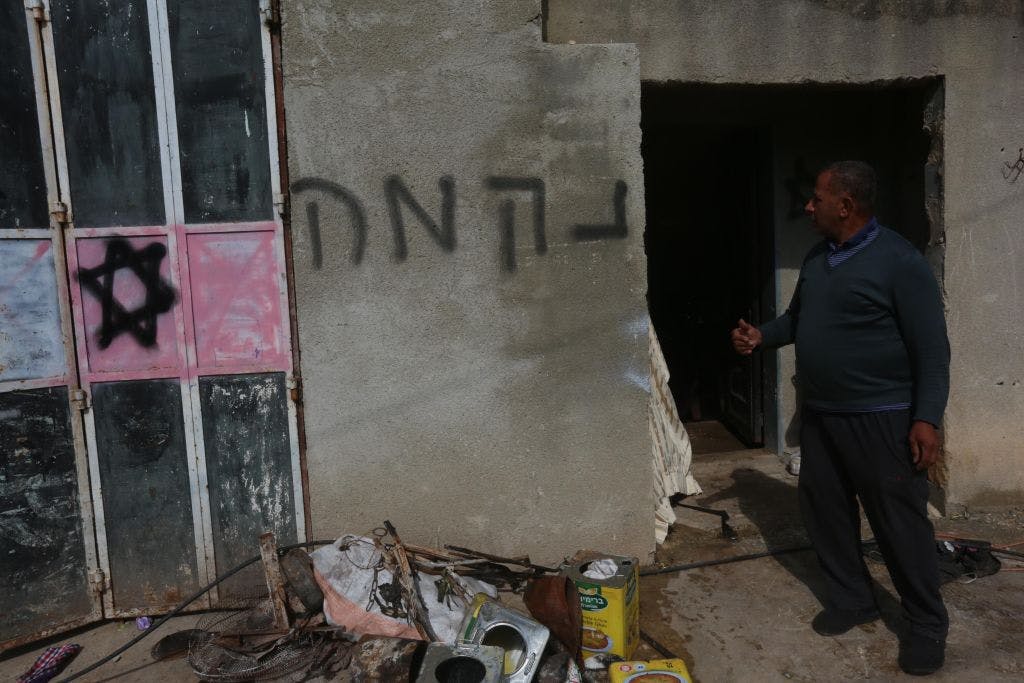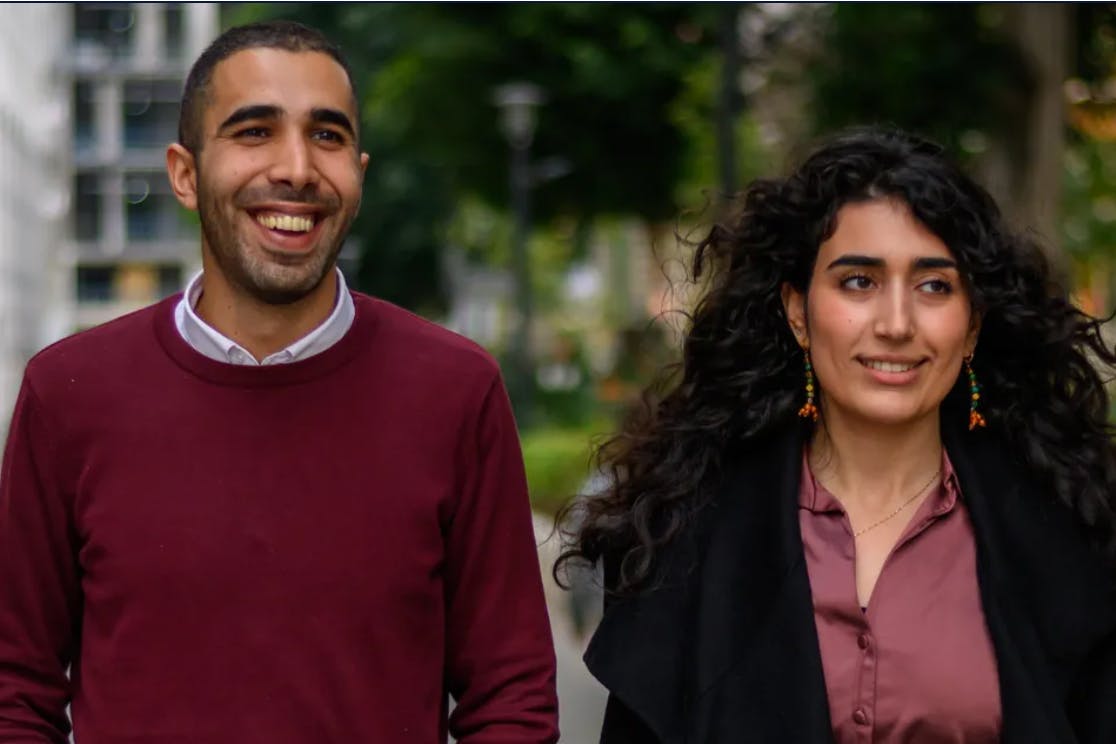Published: 3 February 2023
Last updated: 5 March 2024
DEBORAH STONE visits Israel’s oldest civil society organisation and learns how changemaking has changed.
As the staff of Givat Haviva Center for Shared Society gathered to light Chanukah candles recently, team leaders – Jewish, Muslim and Christian – each lit a candle and spoke of the light their work brings into a dark time.
Executive Director Michal Sella exhorted the team to remain hopeful. “Yes, we are in a period of darkness, but we don’t always need a miracle. We can bring light. What I always say is Givat Haviva will still be here in in five years’ time when this government is not.”
Founded in 1949 as the study centre of the kibbutz movement, Givat Haviva was the first initiative in the peacebuilding field when it opened its Jewish-Arab Center for Peace in 1963.
It now runs a remarkable range of programs including language, sport, arts, international studies, employment preparation, teacher exchange and advocacy.
Understanding what is needed to create a shared and equal society for Jews and Arabs in Israel has changed, the Director of Strategy, Mohammad Darawshe, told The Jewish Independent.
Arabs make up 21% of Israeli citizens. In 2003, Arabs were only 3.5% of students in Israeli universities, today they are 20%.
“When we started it was a very goodwill, naïve approach to Jewish-Arab relations. It was called the social contact theory and was supposed to produce humanisation of the other and coexistence.”
Givat Haviva provided encounter opportunities for 10,000 people a year, and long-term evaluation has concluded it helped – but not enough. The programs couldn’t reach enough people and too many were subject to “returning home syndrome”.
“People would go back into their separate communities – and 92% live in separate communities and those who live in mixed cities live in separate neighbourhoods. People would say, ‘So you met 20 good Jews, they are the only 20 good Jews’ or ‘You met 20 good Arabs, the rest want to kill us’,” Darawshe says.
From about 2000, Givat Haviva developed a second wave of changemaking, based on dialogue rather than simply contact.
“We brought the conflict into the room. It’s not just eating hummus together it is talking about the different narratives. It is very educational and very enriching, but it is limited. The best you can get is agreeing to disagree.”
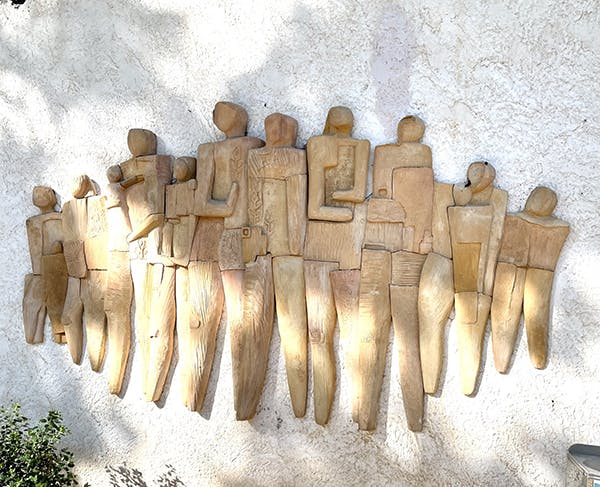
Givat Haviva still runs encounter and dialogue programs, but it has now recognised the importance of a third strategy, based on mutual interests.
“We identify the mutual interests and try to develop them in order to create more tolerance and acceptance and legitimacy of the other. You need to accept and tolerate the differences but you need to try to create more interdependency between the two sides.
“Parallel to this we realised that it is not just about relations between Jews and Arabs, it is also about equality of the Arab citizens because co-existence between unequals cannot be sustained. It becomes like co-existence between a horse and a rider.”
Improving social equality by overcoming the disadvantage of Arab citizens has become the focus of many of Givat Haviva’s more recent programs, part of a major change in Israeli society which has had remarkable success.
Arabs make up 21% of Israeli citizens. In 2003, Arabs were only 3.5% of students in Israeli universities, today they are 20%.
Darawshe said this success was based on campaigns to not only improve Arabic school education but also allow matriculation exams to be taken in Arabic, ensure Muslim holidays were considered in university calendars, and remove age restrictions on professional courses – which were based on the assumption that students were Jewish and had completed army service before university.
Another “island of success” for the Arab population is the Israeli health sector, where 23% of doctors, 37% of nurses, 36% of dentists and an astonishing 55% of pharmacists are Arab.
Darawshe said the concentration of Arabs in medical fields was partly because Arabs did not undertake military careers and were unlikely to have government careers “so all the brain power goes to medical fields”.
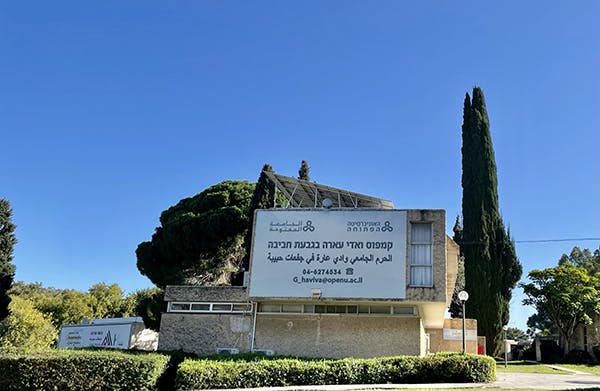
But he also noted that it is an excellent example of compatible needs.
“The Arab community is younger on average and needs work. The Jewish population is older and has more medical needs. So the Arab population created capacity and the Jewish community created need and we have a win-win.”
One of the Givat Haviva’s latest programs is working on the same idea in the high-tech field. High Tech Seeds identifies Arab youngsters with strong maths ability and provides them with training through high school in skills needed by the Israeli economy. Currently, only 7% of high-tech workers are Arab, but 23% of students in the sector are Arab, promising equity in coming years.
A slower but promising change is also evident among government civil servants. In 2003, only 1.7% of civil servants were Arab; today it is 12.2% and growing.
“We work with candidates to encourage them to apply, perform, reapply. The average Jewish candidate applies eight times. Arab citizens apply on average 1.5 times. They apply, they are rejected and they think ‘Oh, they won’t take me because I’m Arab.’ We help them to think ‘maybe you should reapply, maybe another ministry, maybe somewhere else your skills are better suited’.”
They also work to ensure interview panels contain Arab participants. Darawshe said research has found an interview panel of three that contains one Arab member is 50% more likely to employ an Arab candidate.
He said improving equity is not just a case of training the disadvantaged group but also the “host”. Givat Haviva provides education for employers to ensure their systems work for Arab workers.
For example, Israeli labour law allows for bereaved workers to take seven days leave to sit shiva for immediate relatives, in accordance with Jewish tradition. Muslim tradition only mourns for three days but requires observance for second-degree relatives, too. Structuring entitlements to allow either observance ensures Muslim workers are not disadvantaged.
“In political equality we are going very very slowly. We are still behaving as an ethnic nation state that is not yet recognising its 100% civic nature. Israel sees itself as the state of 79% of its citizens, not 100% of its citizens.
“From the social aspect, intervention pays, it shows that we can create loose interdependencies that are beneficial for both sides.”
Top photo: Mohammad Darawshe at Givat Haviva's Jewish-Arab Center for Peace (Deborah Stone)
